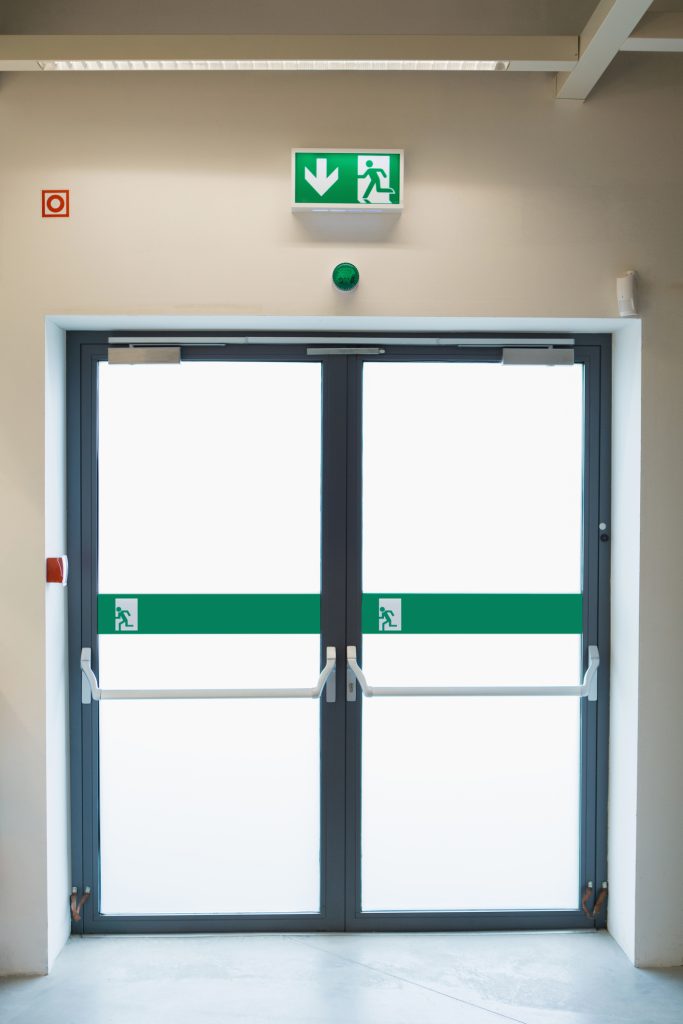Understanding Fire Door Inspections
Fire safety is a critical component of building management, and fire doors play a vital role in protecting lives and property during a fire emergency. These specially designed doors help contain smoke and flames, providing occupants with precious time to evacuate. However, to function effectively, fire doors must be properly maintained and inspected regularly. This blog post delves into the importance of fire door inspections, what they entail, and how to ensure compliance with safety regulations.

The Importance of Fire Door Inspections
Fire doors are integral to a building’s fire protection system. They act as barriers that prevent the spread of fire and smoke, thereby limiting damage and providing safe egress for occupants. However, a fire door can only perform its function if it is in good working condition. Regular inspections are essential to identify any defects or issues that could compromise the door’s effectiveness.
According to the National Fire Protection Association (NFPA), fire doors should be inspected at least once a year. However, many experts recommend more frequent checks, especially in high-traffic areas where doors may be subject to wear and tear. Neglecting these inspections can lead to serious consequences, including increased risks during a fire event and potential legal ramifications for property owners.
What to Look for During Fire Door Inspections
Fire door inspections involve a thorough examination of various components. Here are some critical elements to check:
- Door Condition: Inspect the door for any visible damage, such as cracks, holes, or warping. The door should be intact and not compromised in any way.
- Labels and Ratings: Ensure that the fire door bears the appropriate labeling, indicating its fire-resistance rating. This label should be visible and legible.
- Hardware: Check the door hardware, including hinges, locks, and latches. All components must be functional, and self-closing devices should operate correctly.
- Smoke Seals: Examine the smoke seals around the door. These seals should be intact and in good condition to prevent smoke from passing through.
- Clearance and Fit: Ensure that the door fits properly within the frame. There should be minimal clearance at the top and sides, as excessive gaps can allow smoke and fire to pass through.
- Obstructions: Confirm that the door is not obstructed by furniture or other items that would prevent it from closing properly.
Ensuring Compliance with Regulations
In addition to routine inspections, property owners and managers must also stay informed about local fire codes and regulations. Compliance with these regulations is not just a legal requirement; it is essential for the safety of all building occupants.
Conclusion
Fire door inspections are a crucial aspect of building safety that should not be overlooked. By ensuring that fire doors are in good working order, property owners can protect lives and property, reduce liability, and comply with legal requirements. Regular inspections not only help in maintaining the integrity of fire safety measures but also provide peace of mind knowing that you are prepared for any fire emergency.
Ensure your fire doors are properly inspected to maintain safetyhttps://healthandsafetytraining1st.co.uk/product/fire-door-inspection-course-online/
